Cruising in California: A Deep Dive into the Ferrari California's Legacy
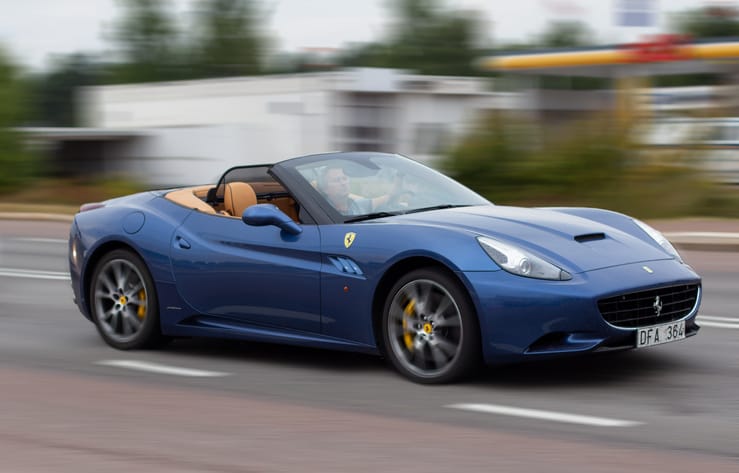
The Ferrari California, with its sleek lines, powerful engine, and retractable hardtop, embodies the Italian marque's spirit of luxury and performance. But beneath its captivating exterior lies a story of evolution, refinement, and adaptability. In this article, we delve into the 800-word journey of the California, exploring its design, performance, variants, and impact on the automotive landscape.
From Grand Tourer to Modern Icon:
Unveiled in 2008, the California marked a new chapter for Ferrari. It was a grand tourer designed for everyday usability, a departure from the company's traditionally track-focused offerings. The elegant design, penned by Pininfarina, drew inspiration from the classic 250 GT California Spider, featuring a long hood, flowing lines, and a retractable hardtop that transformed the driving experience in seconds.
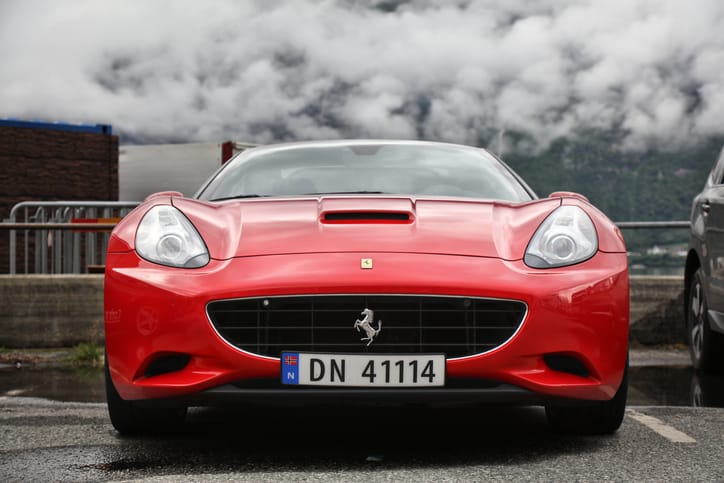
Under the Hood:
The California initially housed a front-mid-mounted 4.3-liter V8 churning out 460 horsepower. This naturally aspirated engine delivered exhilarating performance, propelling the car from 0-60 mph in 4.2 seconds and reaching a top speed of 193 mph. In 2014, the California T received a significant upgrade with a turbocharged 3.8-liter V8 boasting 550 horsepower. This resulted in a sharper, more responsive driving experience with a 0-60 mph time of 3.6 seconds and a top speed of 196 mph.
More Than Just Speed:
Beyond its impressive power, the California offered a surprisingly comfortable ride. The suspension absorbed bumps effectively, and the cabin provided ample space for two adults and two occasional rear passengers. Additionally, the retractable hardtop offered excellent noise insulation when closed, making it suitable for long highway cruises.
The California T: A Refined Evolution:
The California T wasn't just about increased power. It received a comprehensive redesign, including a more aggressive front fascia, wider air intakes, and a sportier rear diffuser. The interior was also upgraded with higher-quality materials and improved technology. These changes solidified the California T's position as a luxurious and high-performance grand tourer.
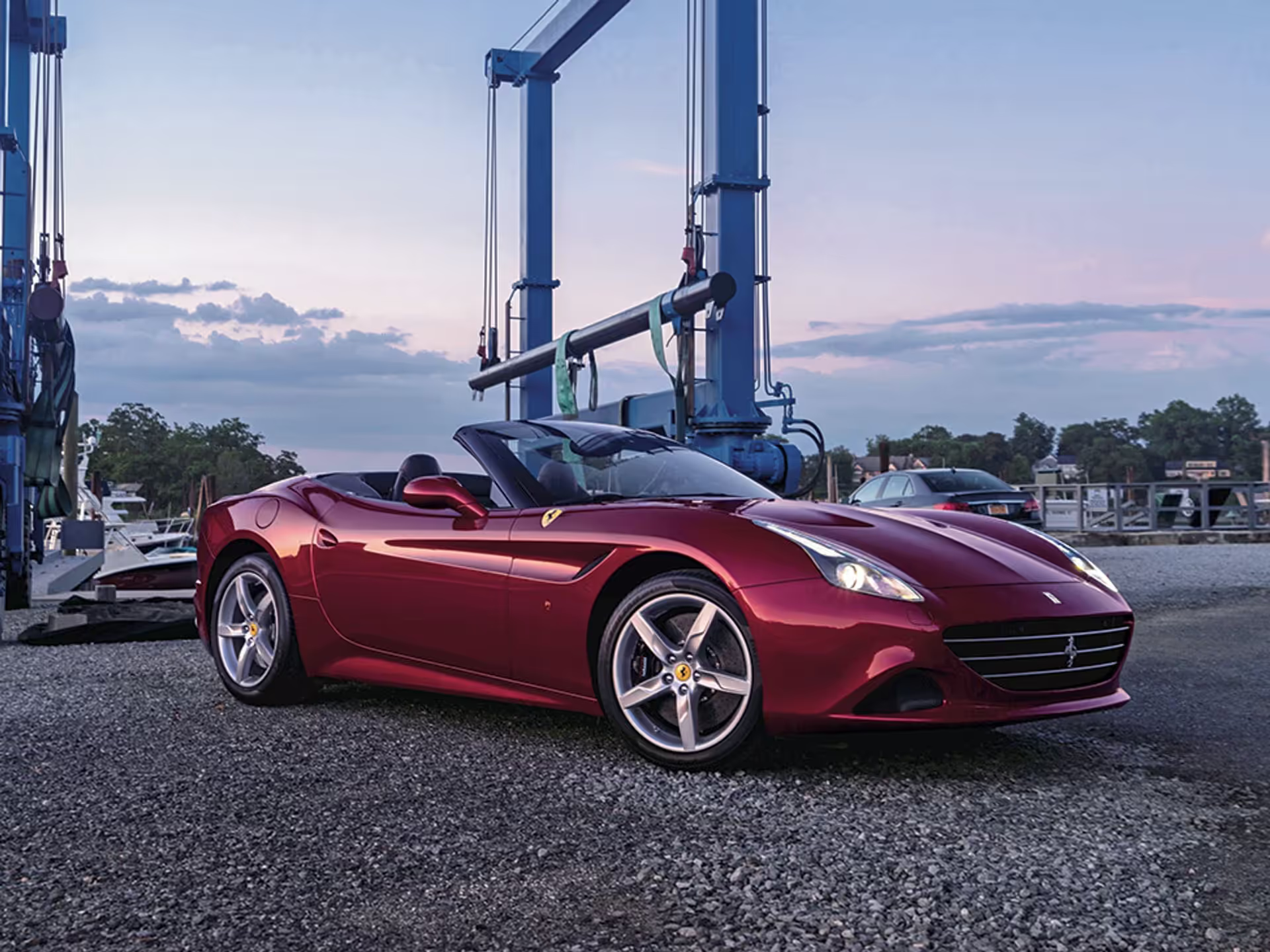
Beyond the Streets:
The California wasn't just a car for cruising; it proved its abilities on the track as well. The Handling Speciale (HS) package, available for both variants, enhanced the car's dynamics with stiffer suspension, sharper steering, and more aggressive aerodynamics, transforming it into a capable corner carver.
A Legacy Endures:
Production of the California ended in 2018, succeeded by the Portofino. However, its legacy continues to inspire. It redefined the grand tourer segment, proving that a Ferrari could be both luxurious and practical. It brought the brand to a wider audience, attracting buyers who may not have considered a Ferrari before.
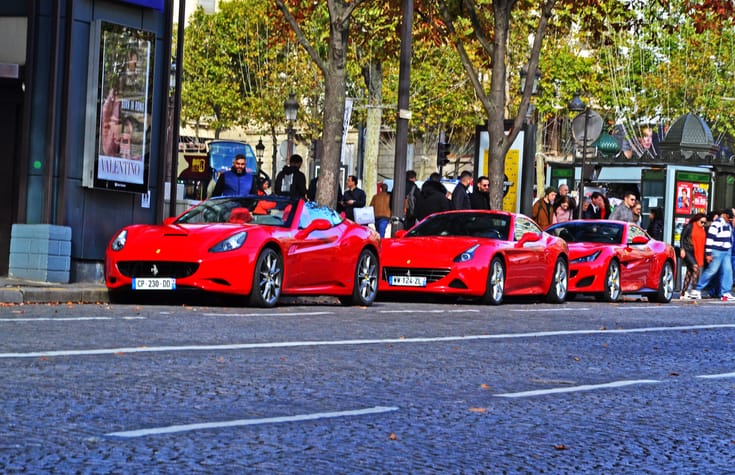
The California in the Collector's Market:
Today, the California and California T remain popular choices for collectors and enthusiasts. Prices vary depending on model year, mileage, and condition, but generally range from $80,000 to $200,000 for the California and $150,000 to $300,000 for the California T.
Beyond the Numbers:
The California's true significance goes beyond its technical specifications and market value. It represents a shift in Ferrari's philosophy, embracing a new generation of buyers seeking a blend of luxury, performance, and everyday usability. It paved the way for future models like the Portofino and Roma, demonstrating that a Ferrari can be both exhilarating and attainable.
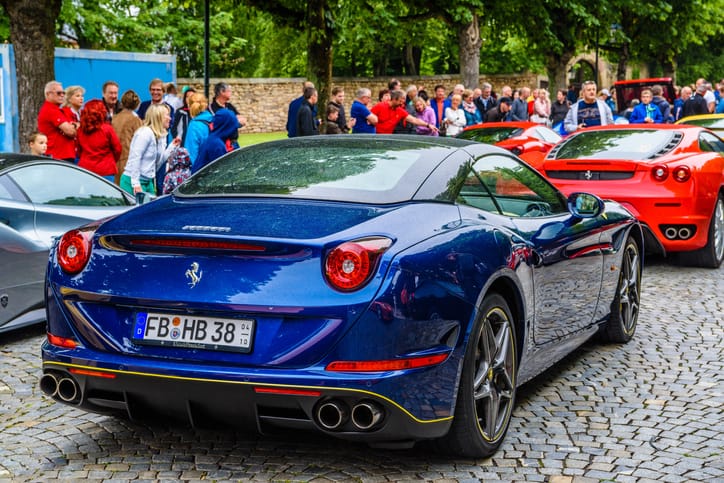
Conclusion:
The Ferrari California's journey is one of evolution, refinement, and enduring appeal. It redefined the grand tourer segment, captured the hearts of enthusiasts, and left a lasting mark on the automotive landscape. Whether cruising down the California coast or carving through mountain roads, the California offered a unique blend of style, performance, and everyday usability, solidifying its place as a modern-day classic.
